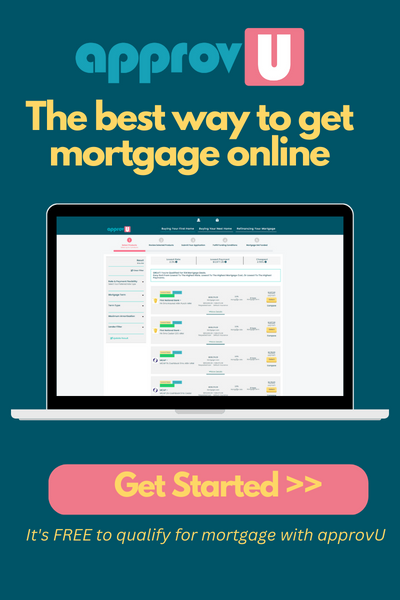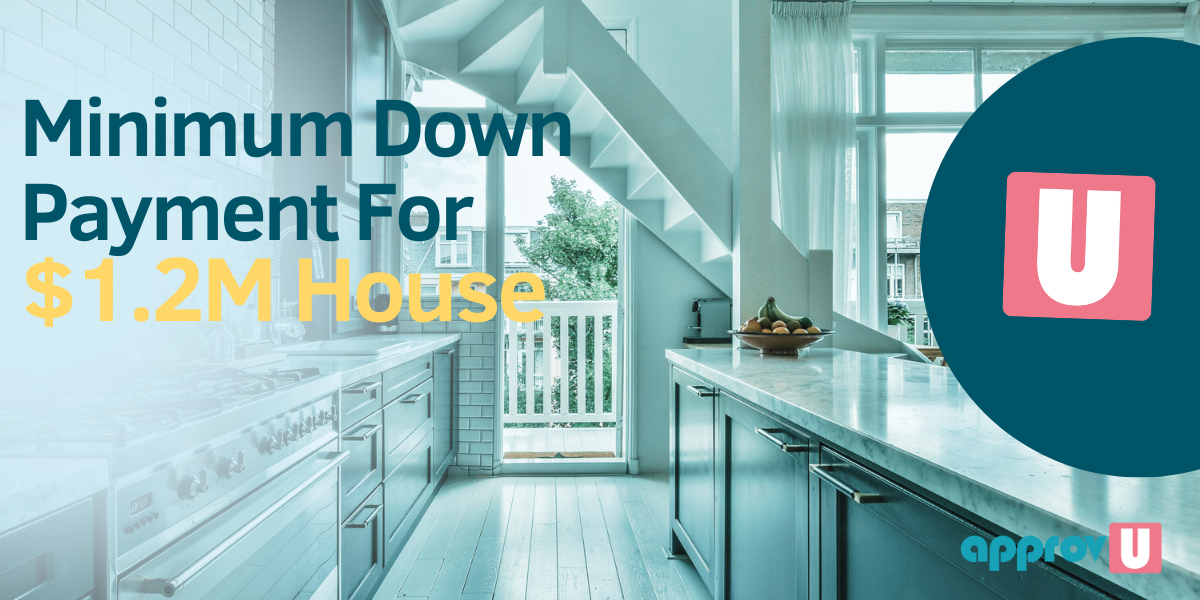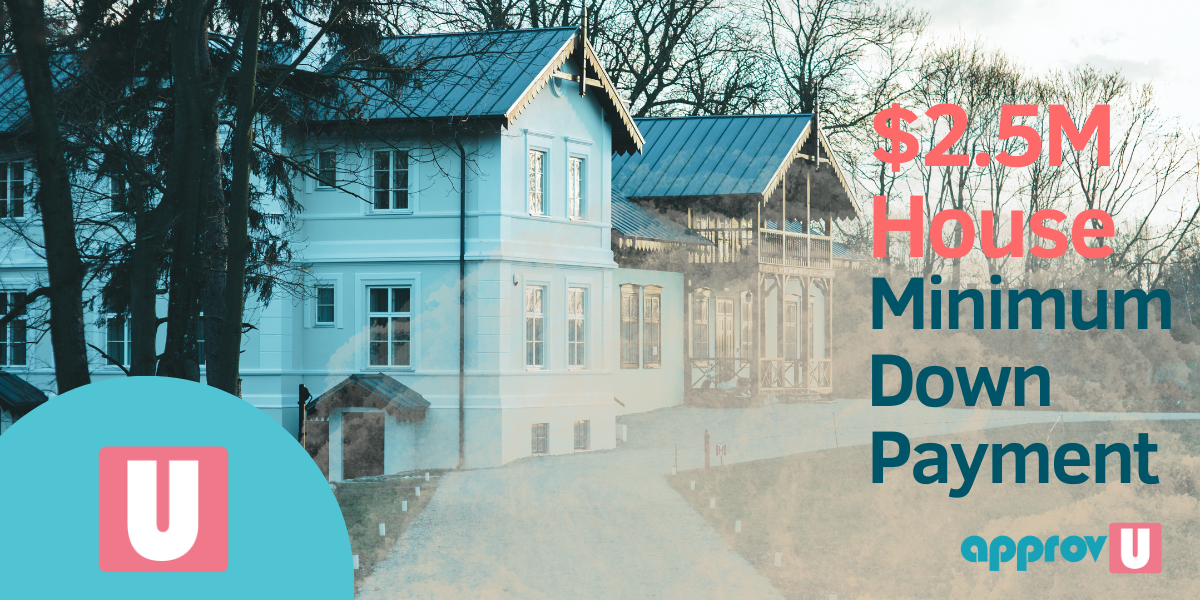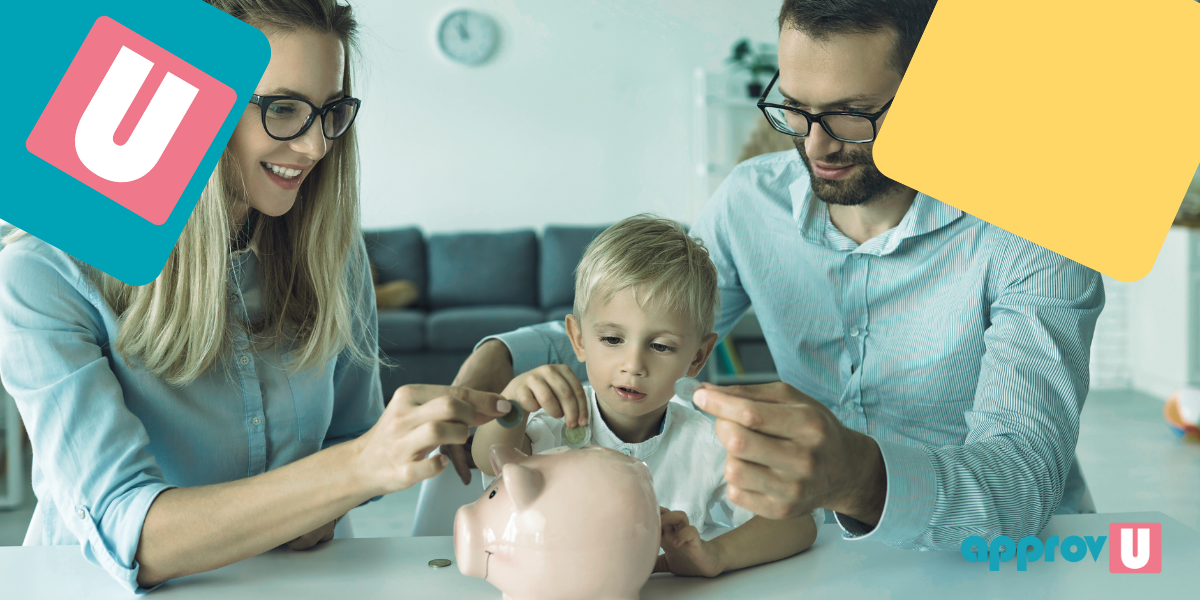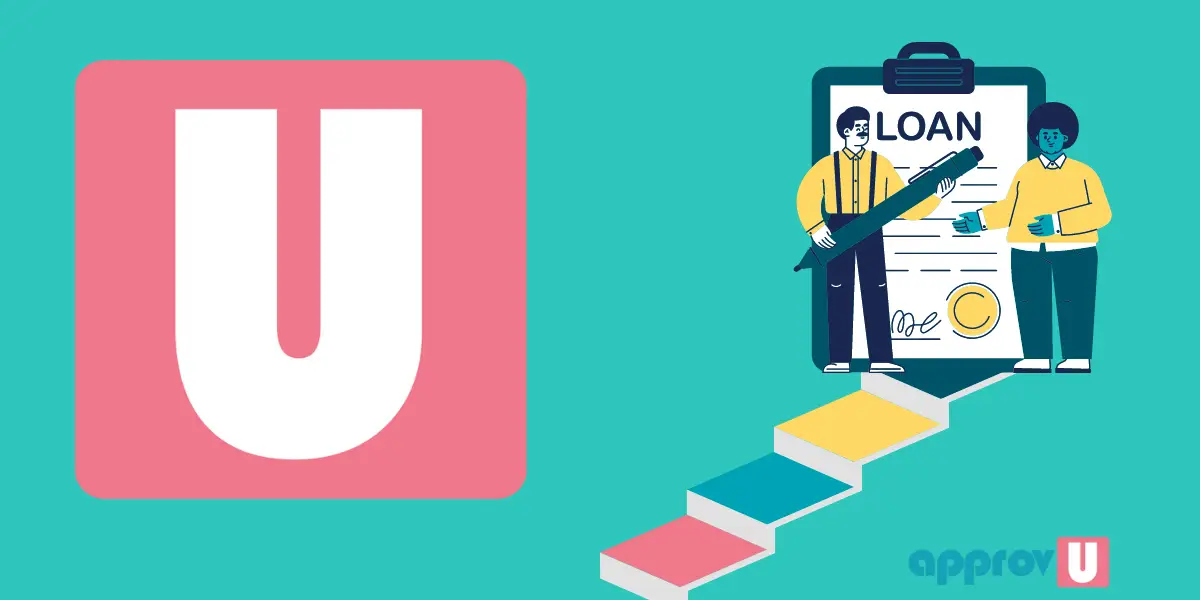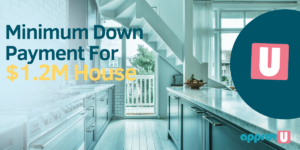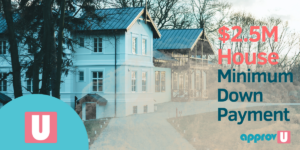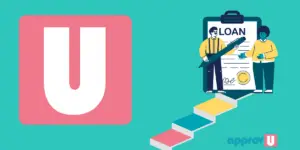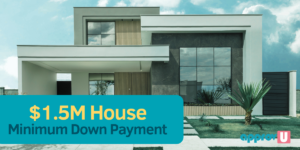Are you struggling with high-interest credit card or personal loan debt?
If so, you’re not alone.
Many people find themselves in a similar situation, but there is a way out. Debt consolidation is a tactic that can help you get out of debt faster and save you money on interest.
This guide will explore the different options for consolidating your high-interest loans.
Whether you’re looking to consolidate your debt with a home equity or personal loan, we’ll show you what each entails, including the pros and cons of each method.
With the right plan and a commitment to sticking to it, you can become debt-free and take control of your finances.
What is Debt Consolidation?
Debt consolidation is a refinance type or a refinancing method used to combine two or more debts into a single debt.
Debt consolidation helps you simplify your finances, save on interest expenses, and manage your debt quickly. It also makes it easier to manage your monthly expenses and pay off your debt quickly.
You combine all your different debts into a single debt that you would repay through a debt consolidation loan or a debt management plan.
So, instead of worrying about multiple bills with different rates and due dates, you’ll only need to make a single payment per payment cycle to one source.
6 Ways to Get Out of Debt Faster
There are several ways to consolidate debt.
The most common approach is to take out a new loan (called a debt consolidation loan) and use the funds to pay off your existing debts.
You can also work with a credit counselling agency to negotiate lower interest rates and repayment terms with your creditors.
Sometimes, you may include your credit card debt in a personal bankruptcy proceeding.
Now that we know what debt consolidation is, it’s time to go over some debt consolidation tactics to help you become debt-free. Here are six proven strategies:
1. Use A Debt Consolidation Loan
One of the main ways to bring all of your debt under one umbrella is to use a debt consolidation loan.
This can take anything from a line of credit to an installment loan. You will need documentation to help validate your income, assets, employment, and personal information.
You could even be required to put up collateral if it’s a secured debt consolidation loan.
2. Debt Settlement Programs
A debt settlement program is another option to consolidate your debts.
Debt settlement is a debt relief service to help pay your delinquent debts. A debt settlement service can help you combine all your delinquent debts, requiring you to make a single payment.
They do this by negotiating with your lenders for payment terms more suitable to your current financial situation.
You may be charged a fee for this service.
You’ll want to do your due diligence to ensure your debt settlement representative is adequately accredited.
3. Credit Card Balance Transfer
Using a low credit debt to pay off or consolidate your high credit card debts is another debt consolidation tactic you can consider.
Most credit providers have “stream-down” credit products.
These credit cards do not have bells and whistles like cashback, towing or rental car insurance. An example of this credit card is the CIBC Visa Classic.
While the interest rate on a standard CIBC credit card is 19.99%, the interest rate for its classic credit card is 12%.
4. Get A Personal Loan
You can use a personal loan product to consolidate your high-interest debts.
The challenge is to get approved with no collateral to secure the debt. With bad credit, the lender may require someone with good credit to cosign or guarantee the loan.
You should also be careful any time you take on additional debts. Always make sure you have a plan to pay it off.
Otherwise, you risk falling even deeper into a vicious debt cycle.
5. Refinance Your Mortgage
Mortgage refinance is a better debt consolidation option for homeowners. Mortgage rates are way lower than the standard interest rate on a credit card, personal, and auto loan.
However, consolidating unsecured debts into your mortgage can also be risky.
The balances of these unsecured debts will increase your overall mortgage loan.
This increase in mortgage balance might mean a higher mortgage payment. You risk losing your house if you cannot pay your mortgage as required.
6. Ask for Financial Help from Family or Friends
Instead of staying in the debt spiral, consider asking for financial help from your friends or family.
This is like getting an interest-free loan to consolidate your debts.
However, depending on the terms of the borrowed money, you don’t want to be slack in paying back the loan as agreed.
The relationship with your friends and family may be on the line with this debt.
7. Home Equity Loan
A Home Equity Loan can also be a great way to consolidate your high-interest credit card or personal loan debt into one lower-interest loan.
A home equity line of credit allows you to borrow money using the equity in your house as collateral. The equity in your house is the difference between the value of the property and the outstanding mortgage balance.
You can often get a lower interest rate with a loan secured against your house’s equity than unsecured debt.
Also, home equity loans typically have a fixed interest rate and a fixed repayment term, making it easier for you to budget and plan for repayment.
With a home equity loan, the entire approved amount is disbursed to you in one lump sum, and you’ll be required to back the loan in regular payments, including interest and principal, until the loan is fully repaid.
It is important to note that a home equity loan is a secured loan, which means the lender can foreclose on the property if you default on the loan.
Additionally, using a home equity loan to consolidate debt can extend the loan term and pay more interest over the long term.
Therefore, it’s essential to carefully consider the pros and cons before consolidating your debt with a home equity loan.
8. Home Equity Line Of Credit (HELOC)
A home equity line of credit (HELOC) is another loan you can use to consolidate your debts.
HELOC is a mortgage loan program that allows homeowners to borrow against the equity they have built in their houses.
It is a popular choice for many homeowners due to its flexible repayment terms and relatively low-interest rates.
Like a regular line of credit, the lender approves a maximum credit limit, allowing you to withdraw money anytime up to that limit. You are only charged interest on the amount you’ve withdrawn, and you can make payments on the loan at any time.
The main difference between a HELOC and a regular personal line of credit loan is that HELOC is a secured loan.
HELOC will lower the interest rate for a comparable loan because it is secured against real estate.
The low-interest rates on HELOC make it a better way to consolidate high-interest credit card or personal loan debt into one lower-interest loan.
But it’s important to note that your property, if the borrower defaults on the HELOC.
Additionally, using a HELOC to consolidate debt can extend the loan term and result in you paying more interest over the life of the loan.
Therefore, it’s essential to carefully consider the pros and cons before consolidating your debt with a HELOC.
Avoid Payday Loans When Trying to Consolidate Debt
Because it is easy to qualify for a payday loan, you may be tempted to use it to pay off your other debts.
The problem with payday loans is that you’ll be required to pay back what you owe by your next pay date, and they tend to come with very high-interest rates and fees.
Because of this, payday loans are not a good option for debt consolidation.
When to Avoid Debt Consolidation Tactics
While consolidating your debt can be an effective way to pay off debt faster and reduce the total interest you pay across all of your credit accounts, there are some things you’ll want to be wary of.
For starters, depending on the lender and type of loan, you may need to put up collateral to qualify.
You must make your loan payments to avoid losing a valuable asset.
This could be something as big as your home or car.
Another factor to remember is that you’ll take on more debt to pay off your existing debt.
If you keep using credit cards or lines of credit, you’re taking out a loan to pay off another. You’ll only be digging yourself a deeper hole.
Make sure to commit to curbing your spending on your credit cards throughout this process if you aim to become debt-free.
Do Your Research on Different Debt Consolidation Tactics
Any significant financial decision you make shouldn’t be taken lightly, and consolidating debt is no exception.
Different debt consolidation tactics will better suit different situations, so you’ll need to research what’s best for your situation.
We hope this has helped you on your journey to becoming debt-free!
With that said, you don’t have to lose sight of the essence of consolidating your debts – lower your monthly payments to improve your financial situation.
You should always strive to pay off your existing loan with a lower-interest debt. That is the best way to ensure that your monthly payment is reduced.



